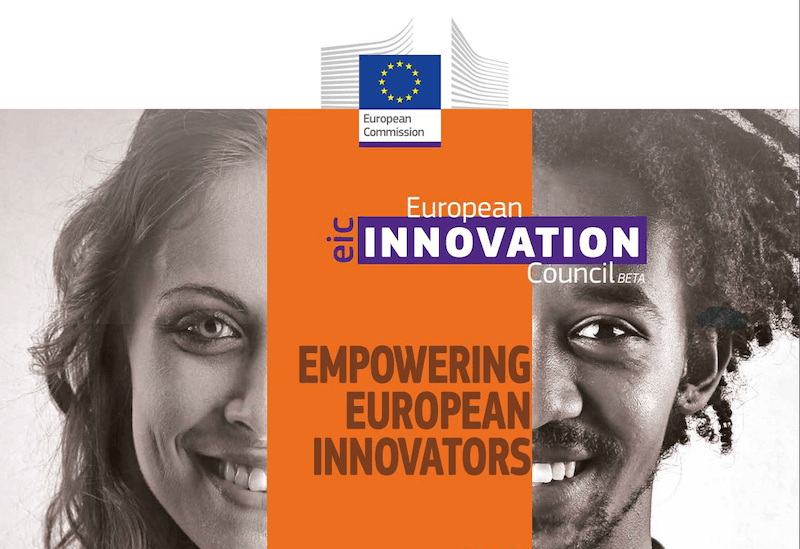On 6th June 2019, the EC website posted “The SME Instrument becomes the EIC Accelerator, offering optional equity investment in addition to a grant. From today, innovative companies can apply for a grant only or up to 17.5 million in combined grant and equity financing to scale-up quickly and effectively.
The grants available will be between € 0.5 and 2.5 million and equity investment can amount up to €15 million. The aim is to increase support for ground-breaking concepts that could shape new markets or disrupt existing ones in Europe and worldwide.”
So what’s is the difference between SME Instrument and EIC Accelerator Pilot?
The previous H2020 SME Instrument funding programme has been updated to focus on the highest risk, disruptive innovation projects that can now receive a combination of grant and equity funding.
The program has been renamed EIC Accelerator Pilot and its focus is to find radical, market-creating innovations to improve productivity and international competitiveness and to generate new jobs and higher standards of living in Europe.
- The major changes that EIC Accelerator Pilot brings are:
- The scoring changes to 33.3% for each section (Excellence, Impact and Implementation)
- The financial projections have to be presented in more detail as part of a separate Excel file
- There is a strong emphasis on the “non-bankable” status for the SMEs selecting equity funding. This means the innovation is very risky and that banks, VCs and investors will not invest until this level of risk has been reduced, hence the need for the EIC application.
- The company must demonstrate secured funding or the ability to raise the additional funding necessary to co-finance the 30% above the 70% grant aided funding.
- Close to market activities (i.e. TRL 9 or above) included in a proposal, will only be financed by equity participation as long as the proposal remains non-bankable.


